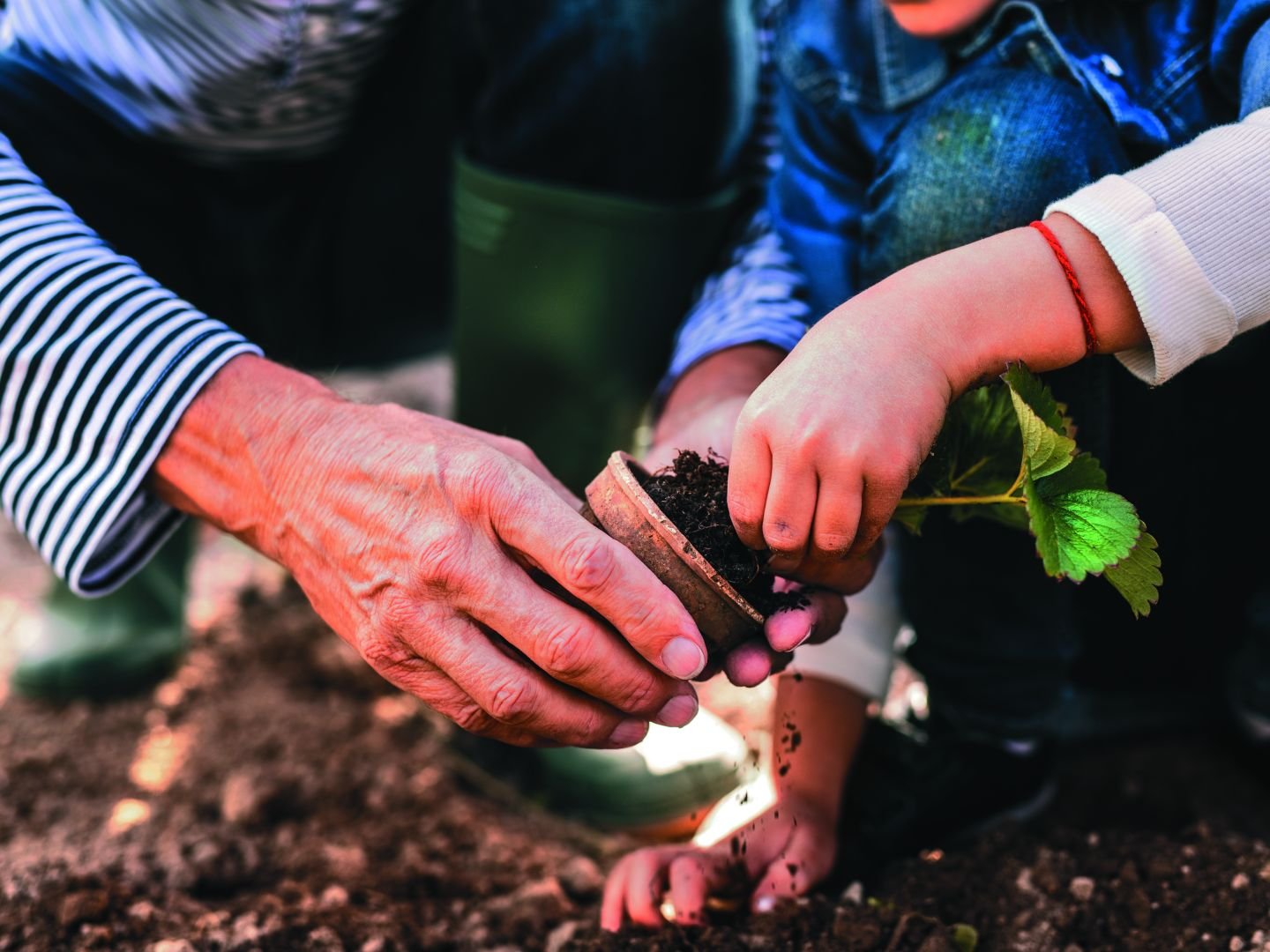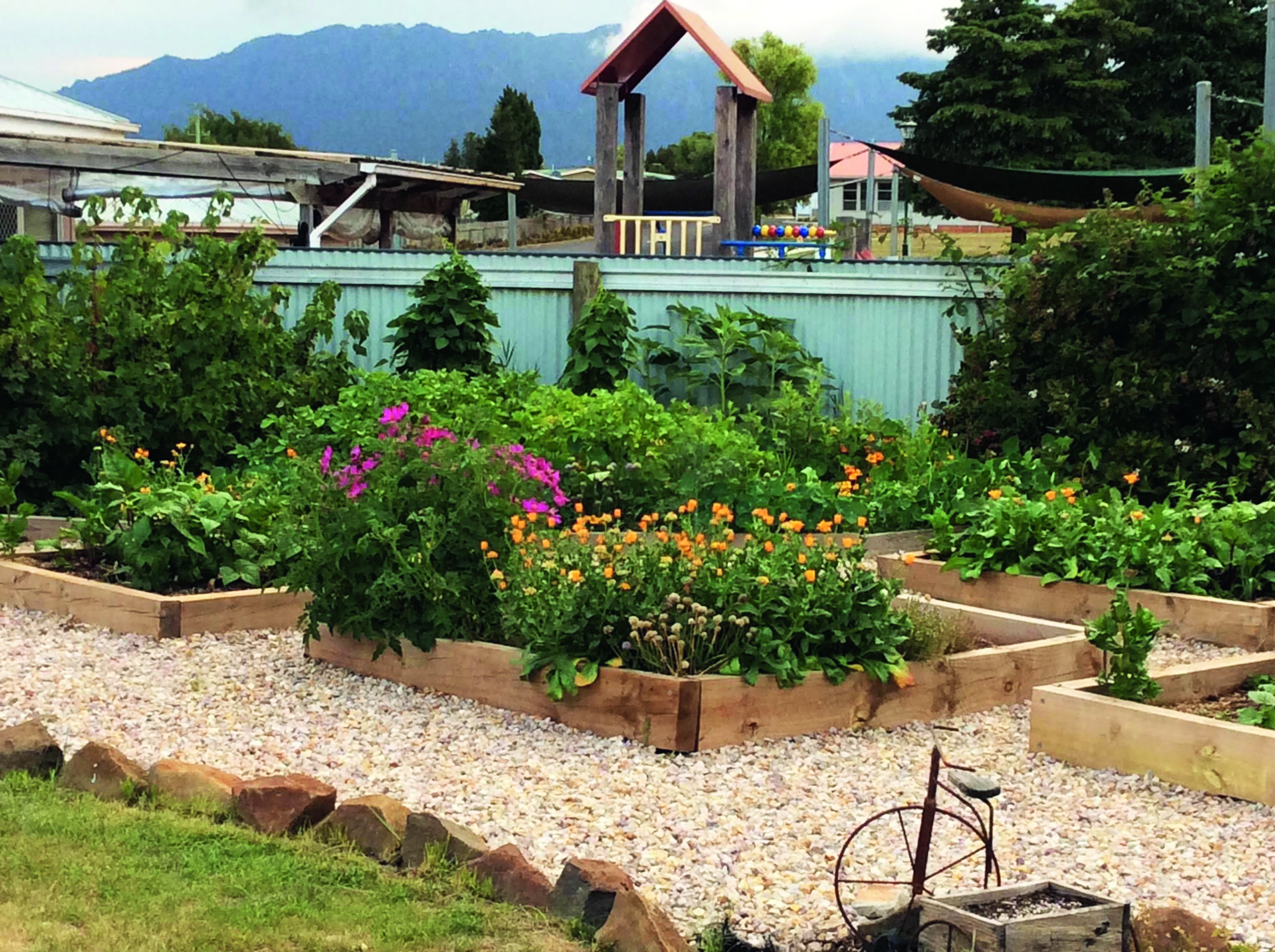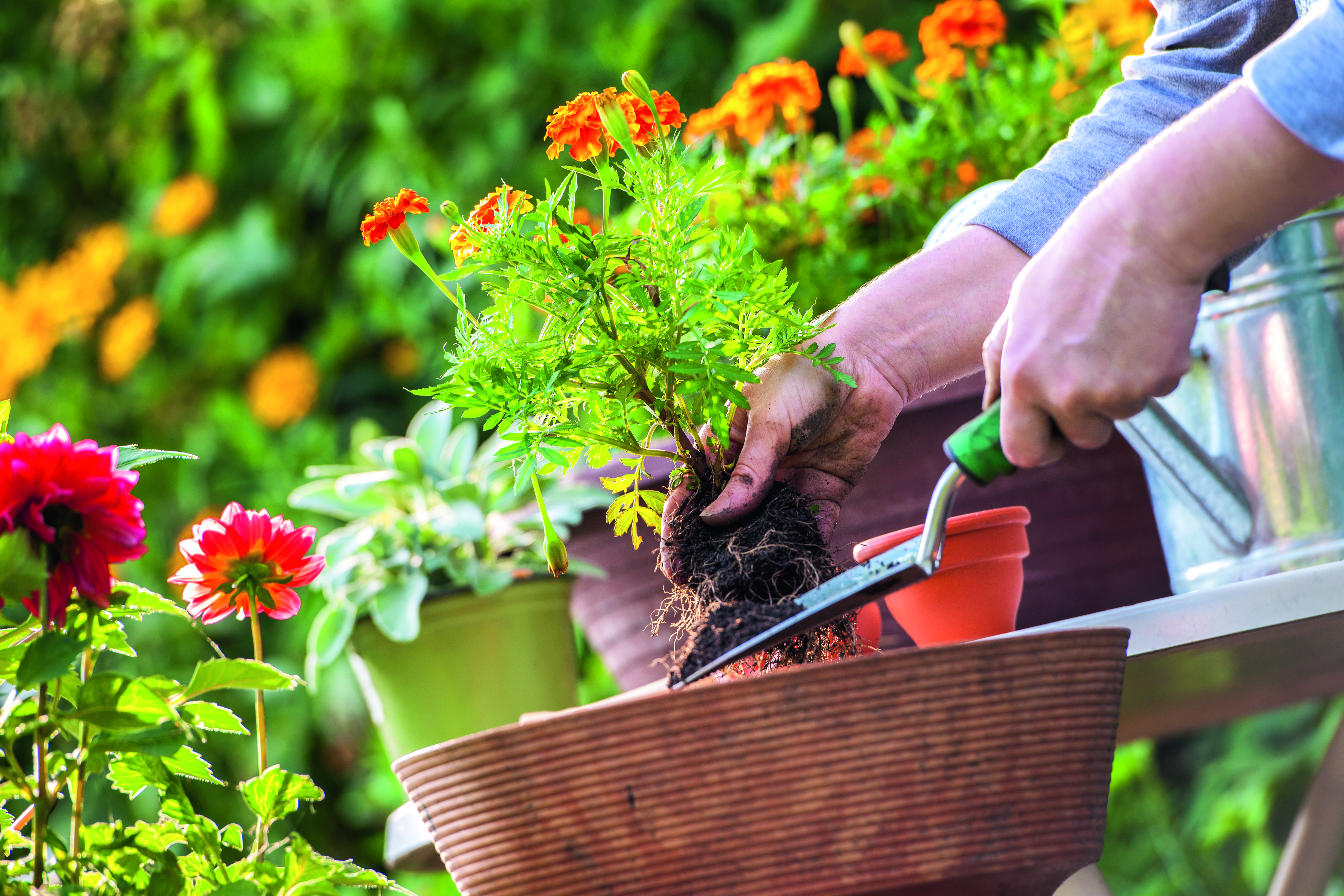The benefits of gardening
The benefits of getting out in the garden are far reaching, from keeping you fit in body and mind (including lowering the risk of dementia), to lessening the load on the environment. If you don’t think you have the gift of a green thumb, or lots of space for planting, we’re here to tell you that you can still get involved and reap the many rewards of what you sow.

There are some traditional, and not-so traditional sources to grow your gardening knowledge. For beginner gardeners wanting to do a bit of self-guided learning, Gardening Australia’s YouTube channel is a great resource to use as it has a wealth of shorter clips and a range of project sizes, and you can search within the channel specifically for ideas and tips that match your interests.
All you have to do is type ‘Gardening Australia YouTube’ into Google and click the first result.
While you’re using YouTube, you can search for other videos you’re interested in like ‘Gardening tips for native Australian plants’ or ‘How to plan a cottage garden’ for tips on soil, watering, feeding and positioning for the plants you’re interested in.
Another great, free avenue is checking out some books from your local library. Despite some services in Australia being interrupted at the moment, many libraries are trying their best to offer services to their communities by getting rid of fees on placing holds and doing extended loan periods.
Browse your local library’s online catalogue to see what they have in the way of gardening books. The library’s online catalogue should also have audiobooks you can listen to if you can’t get your hands on a physical copy or prefer the audio version.
For the audiophiles out there, some great podcasts for expanding your gardening knowledge are The Beginner’s Garden Podcast with Jill McSheehy; the Sod Show Garden Podcast; and for indoor plant lovers: On the Ledge with Jane Perrone.
There are also plenty of apps you can download on your smartphone, such as the ABC Vegie Guide, which helps you find out which vegetables should be planted when for the climate you live in.
National Seniors member, Angela Bucci, took her passion to learn more about gardening all the way to full-time studies in horticulture at TAFE, which she says was one of the best things she ever did.
Angela and her husband were living on the Gold Coast and made the move to a slower pace of life in Tasmania where they bought a house with a huge garden, wondering what to plant in it.
“Everyone was planting and growing something—it’s just what you do when you live in a small town,” Angela says.
“I noticed I was talking about plants a lot and realised I was very interested, so I decided to go back to school to learn about it and it was the best decision I’ve made.
“The year I went to TAFE and did my Cert III in Horticulture was honestly one of the best experiences of my life.”
Angela says she was a little intimidated at first and when she went to her interview at the TAFE to discuss enrolment, she mentioned to the educator she was worried she would stand out in the class. “I was worried it was going to be all 18-year-olds, and he said, ‘God no!’”Angela says. “He said, ‘you are our exact demographic’, and while we did have some young people, there were also some that were older than me, so it was a mixed bag.”
The course both challenged and surprised Angela in the sheer amount of aspects that there are to horticulture, from pruning, propagating and soil science. She even learned the Latin names for plant species.
But it wasn’t all in the classroom; there were many days spent outdoors.
“I remember one day we went to this farm and we planted 1,000 trees in a day to create a shelter belt for a farmer,” Angela says.
“It certainly keeps you fit and healthy.” Indeed, gardening has ample health benefits for older Australians, from getting a little mood boost and exercise from being outdoors, to reducing the risk of Alzheimer’s or other dementia diseases.
A 44-year-long Swedish study revealed physically active women, which included those who did gardening as part of their exercise regimen, halved their risk of developing dementia from vascular disease. Gardening is also great for those who have the disease, as it encourages sensory stimulation, can improve attention span, increases strength and balance and provides a sense of purpose.
Angela can vouch for this sense of purpose, having been sent to a very old historic property in Tasmania, pruning hundreds of 200-year-old rose bushes.
“They were all different varieties, so they all had different pruning needs,” she says.
“We also went to a winery and pruned the grape vines, that was great as well. Another time there was a farmer who had a staffing issue and their grapes needed to come in that day so they called us to help out."
Angela says that 90 per cent of a plant not thriving comes down to where it is situated.
“You can never add too much organic matter to your soil, and it could be as simple as putting some sugar cane mulch on top and leaving it.
“But throw in your coffee grinds, your banana peels, your eggshells and grass clippings, because they’re nitrogen.
“Never have bare garden beds or bare soil.” Angela and her husband now live back up north in Brisbane as she was missing her daughters, and wanted to be home for one of her daughter’s pregnancies and the birth of her grandchild. She’s now putting her horticulture studies to use on an impressive balcony garden, as well as helping her kids do their gardens.
She also finds a social aspect to gardening, getting chatting to neighbours on walks, which often eventuates into swapping tips, cuttings and seeds.
“It creates a connection between people, between plant lovers, and it’s really lovely,” Angela says.
For those who don’t quite have the time or resources for formal studies, getting involved at your local community garden can be a great way to build your knowledge, meet like minded people, get some sunshine and get your hands dirty.
Veronica Martin has been working at the Northey Street City Farm in Windsor,Queensland, for the past 10 years, having a lifelong passion for permaculture.
“The people involved at our community garden range from students to a lot of retired people and over-55s,” Veronica says.
“On the volunteer days, in normal, non-COVID times, we cook a meal for all the volunteers, so everyone stops and has lunch together and when people are in the garden they work in a small group, so there’s a social connection.
“There’s also a thing about you’re getting out and getting some exercise, and keeping fit that way, being out in the fresh air. And I think there’s also sort of psychological benefits for everyone in gardening in that planting a seed is a hope for the future.”
Veronica says community gardens operate in a lot of different ways, some have allotments where you can hire your own section, and many run basic gardening courses like how to compost.
Veronica says for beginner gardeners, her best tip is it’s really important to grow with the seasons.
“If you don’t you’re setting yourself up for failure,” she says.
“Be aware of what grows in your climate at different times of year and adjust what you’re growing to fit with nature.
“The other big factor is your soil. Pay good attention to your soil. If your soil’s not nutritious, your food won’t be nutritious.”

- Save yourself time and effort and get onto the weeds early before they set seed. A daily 10-minute jaunt in the garden—enjoying the fresh air and pulling or hoeing the odd weed—will reap benefits into the future.
- The soil is likely nice and moist from winter rains, so spring is a good time to add some fertiliser and then mulch.
- Give your pots and hanging baskets a bit of love by re-potting anything that has been there for an age. The addition of new potting mix and fertiliser will give them a new lease on life and they are likely to reward you with a bigger and better display.
- Plant your summer flowering bulbs such as lilies, dahlias and hippeastrum. This will keep the colour coming through the seasons and they are easy to care for with long lasting colour.

- Slugs and snails will likely be sniffing around all the fresh new growth, so you will want to be ready. There are plenty of chemical options out there, but if you prefer a more organic approach the removal with a thumb and forefinger followed by a heavy garden boot is a great option. Other methods include snail traps, a shallow bowl of beer (they fall in and drown) or copper tape. Happy, healthy plants are less likely to come under attack from pests or be susceptible to pests. Ensure you have a healthy, friable soil and keep your plants well watered and fed.
- Try companion planting. Many plants have symbiotic benefits that can help reduce pests.
- Not all bugs are bad. Encouraging beneficial insects to your garden, such as bees, hover flies or ladybirds can take care of your pest worries for you
Indoor plants are experiencing a revival in popularity. Watering is one of the most important things you can do for your indoor plants. For the most part, to test if you house plant needs water simply dip your finger into the soil—if it is dry, add water; if it is moist, leave it be.
Give your houseplants the best start in life with a good quality potting mix. This will provide drainage, which is vital to their survival, a few nutrients and resist compaction.
Flush your plants annually to avoid a build up of salts and chemicals. Once a year in spring or summer it is a good idea to give most houseplants a good heavy water to wash through and thoroughly wet the mix, then leave it to drain well.
Don’t forget to wipe your leaves. A simple wipe down with a tissue or soft cloth will remove unsightly dust and help to keep your plants happy and healthy as they use their leaves to respire and for photosynthesis—dust can block these natural systems.
- Exercise is recommended to help manage arthritis. You shouldn’t do so much that you are fatigued, but the process of gardening helps to encourage movement and using the right tools can help you on your way.
- Always rest regularly to help avoid flare ups and listen to your body for pain cues. Try alternating tasks between gentle and more vigorous activities so you don’t incur unnecessary strain.
- Fiskars has a wide range of ergonomically designed gardening tools that are easier for arthritis sufferers to use. Their rotating handle pruners spread the force across the fingers and entire hand, thus making repetitive cutting kinder on joints and tendons.
- By choosing low-maintenance plants that don’t need a lot of fuss you can reduce strain and still enjoy the spoils.
- Adding a layer of thick mulch will help reduce the need for weeding. If there is a large area and you would rather not or are unable to plant in it, you can add a layer of black plastic underneath the mulch.



